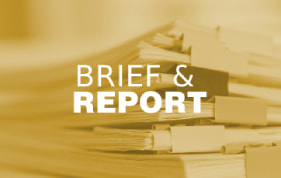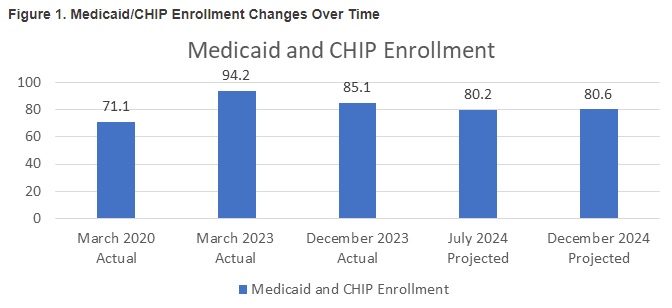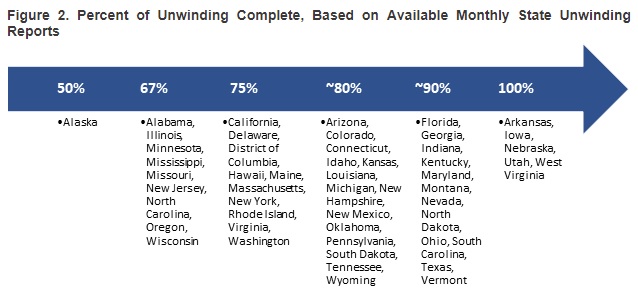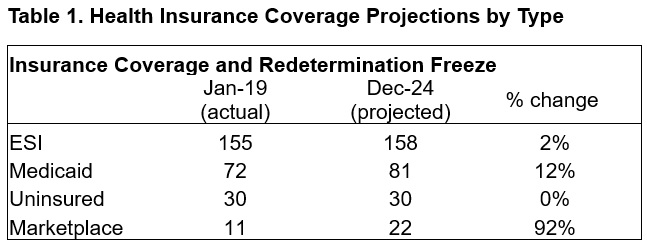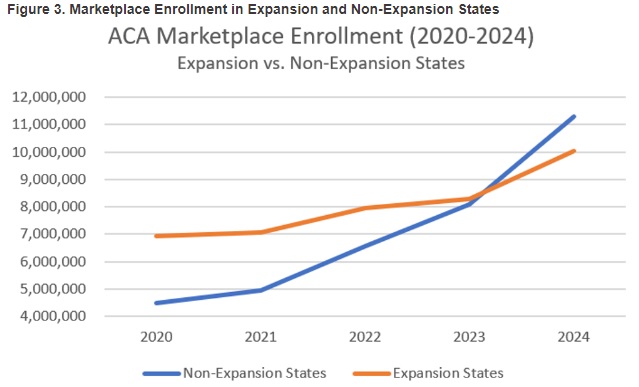In the ever-evolving landscape of healthcare, the shift towards value-based care (VBC) has emerged as a transformative force, promising improved outcomes, reduced costs, and enhanced patient experiences. While the benefits of VBC are clear, the path to implementation can be complex and challenging, particularly for behavioral health (BH) providers. In this blog post, we delve into the significance of assessing readiness for VBC and value-based payment (VBP) systems, with a specific focus on BH providers, and why it serves as a crucial step towards success.
Behavioral health plays a pivotal role in holistic patient care, addressing mental health and substance use disorders that significantly impact overall well-being. However, traditional fee-for-service models often inadequately incentivize preventive and coordinated care, leading to fragmented services and suboptimal outcomes. Recognizing this gap, the transition to VBC offers a promising avenue to realign incentives, improve care coordination, and enhance patient outcomes in the realm of behavioral health.
Insights from the HMA Spring Workshop
In March 2024, HMA hosted a workshop on value-based care, (you can read more of the key takeaways here). A consensus emerged on the indispensable role of data and technology in driving informed decision-making. Dr. Katie Kaney’s keynote address on innovative approaches to holistic care metrics resonated with attendees, highlighting the need to move beyond conventional measurements towards a comprehensive understanding of patient well-being.
A pivotal aspect of VBC lies in the collaborative effort between payers and providers to align measures and incentives while ensuring these measures hold significance for all stakeholders, including payers, providers, and patients. The conversations with attendees on Empowering Care Delivery through Tangible Measures underscored the imperative of clinician involvement in outcome measurement establishment. We discussed the importance of meaningful measurement for state-level initiatives and local strategies, all aimed at achieving better outcomes for our communities.
The Importance of Readiness Assessment
Embarking on the journey towards VBC demands a comprehensive understanding of organizational strengths, challenges, and readiness to embrace change. As we navigate the transition to value-based care, understanding where your organization stands is key. This is where readiness assessment tools play a pivotal role. By systematically evaluating various aspects of organizational preparedness, such as infrastructure, data capabilities, care delivery models, and cultural readiness, organizations can identify areas for improvement and tailor strategies to navigate the transition effectively.
Tailoring Strategies for Success
Assessing readiness enables organizations to tailor strategies that align with their unique circumstances and challenges. For instance, organizations lacking robust data infrastructure may prioritize investments in health information technology and analytics capabilities to support population health management and outcome measurement. Similarly, addressing workforce training and cultural transformation can foster a patient-centric approach and promote collaboration across care teams.
Mitigating Risks and Maximizing Opportunities
VBC presents both opportunities and risks for organizations. While it offers incentives for preventive care, care coordination, and improved outcomes, it also requires operational and cultural shifts that may pose challenges. Readiness assessment enables organizations to identify potential risks, such as inadequate data systems, reimbursement uncertainties, or staff resistance, and develop mitigation strategies to address them proactively. Moreover, it empowers organizations to capitalize on opportunities, such as alternative payment models, partnerships with primary care providers, and value-based contracting, to enhance sustainability and growth.
Driving Quality and Equity in Behavioral Health
At its core, VBC embodies a commitment to delivering high-quality, equitable care that addresses the diverse needs of patients. By assessing readiness and embracing VBC principles, BH providers can enhance care delivery, improve outcomes, and reduce disparities in access and quality of care. Furthermore, by integrating behavioral health into broader care delivery models and payment structures, organizations can foster a more holistic approach to health and well-being, promoting resilience and recovery for individuals and communities alike.
Moving Forward with Confidence
As organizations navigate the complexities of VBC, assessing readiness serves as a guiding compass, illuminating the path forward and empowering organizations to embrace change with confidence. By leveraging readiness assessment tools, organizations can identify strengths, address weaknesses, and chart a course towards sustainable, value-driven care delivery. In doing so, they not only enhance their own viability and success but also contribute to a more resilient, equitable healthcare system that prioritizes the well-being of all individuals.
How HMA Can Help
There are many tools online that offer to help organizations determine their readiness for implementing VBC. By using HMA’s new VBP Readiness Assessment tool, you also can gain access to the experts on HMA’s behavioral health and VBC teams. Meticulously crafted to gauge your organization’s preparedness, HMA’s value-based payment readiness assessment surveys six domains of core functions necessary for successful payment reform models.
Taking the survey and receiving one analyzed response is free, but you may find value in contracting with HMA for a more in-depth analysis of your organization.
Assessing readiness for VBC is not merely a preparatory step but a fundamental aspect of organizational transformation. For behavioral health providers, it represents a critical opportunity to reshape care delivery, drive quality and equity, and ultimately, improve the lives of those served. As the healthcare landscape continues to evolve, readiness assessment will remain an indispensable tool for navigating change, fostering innovation, and realizing the full potential of value-based care in behavioral health.


